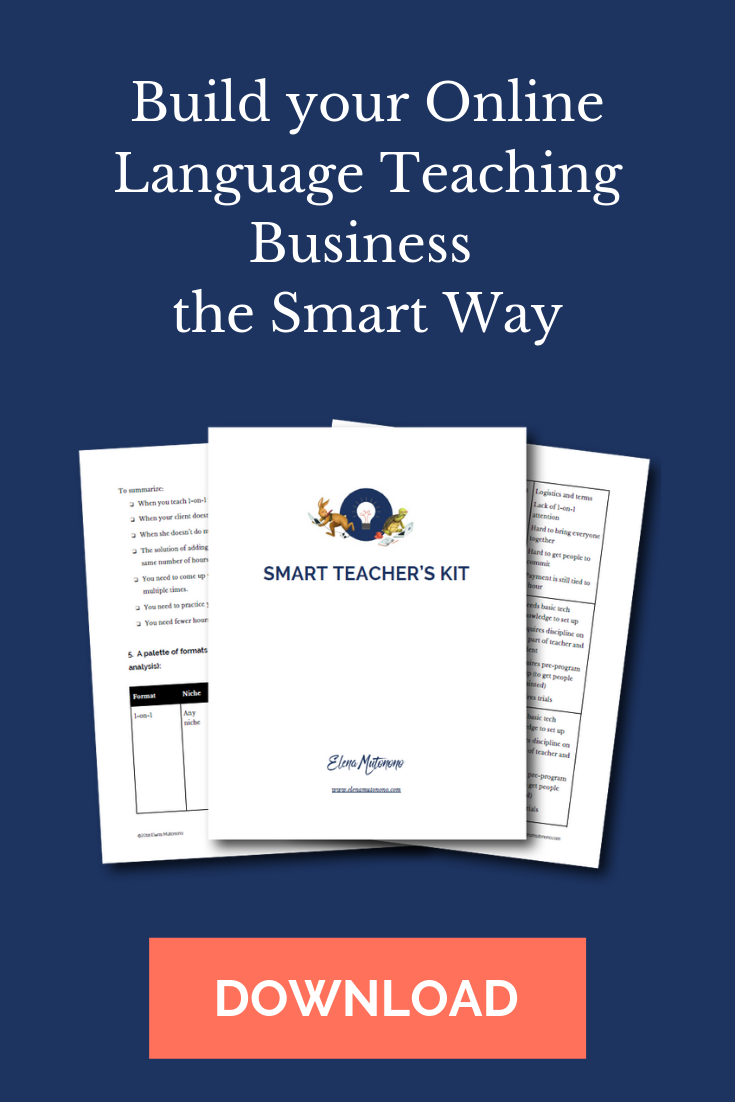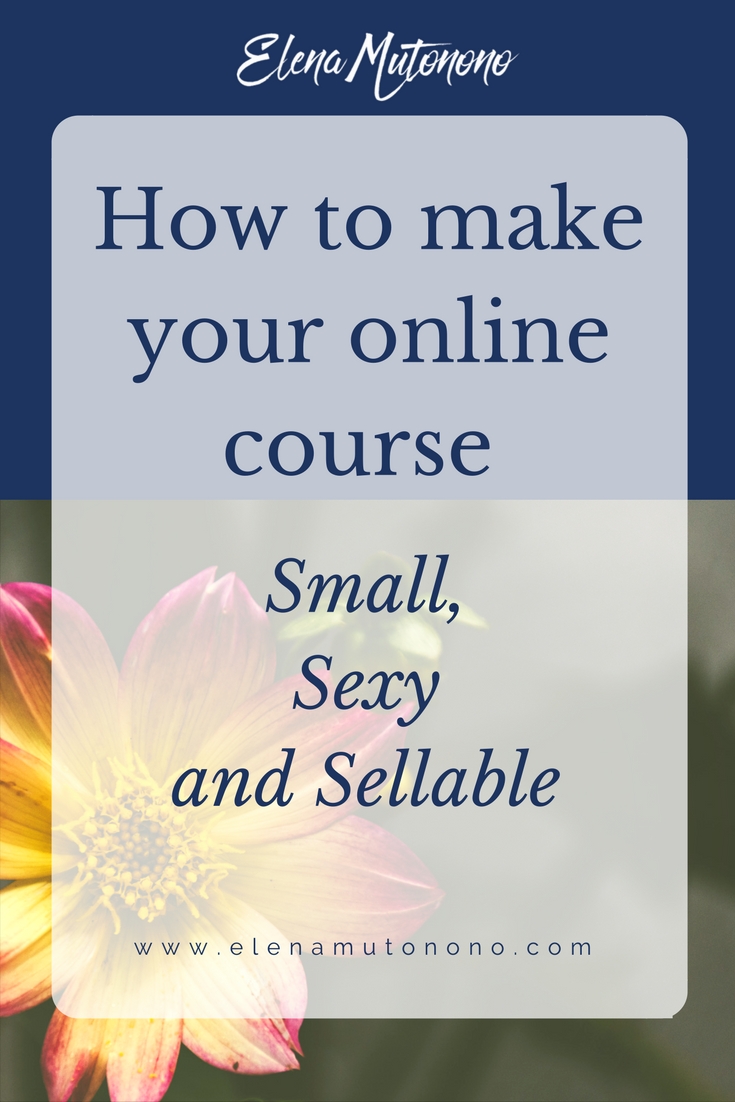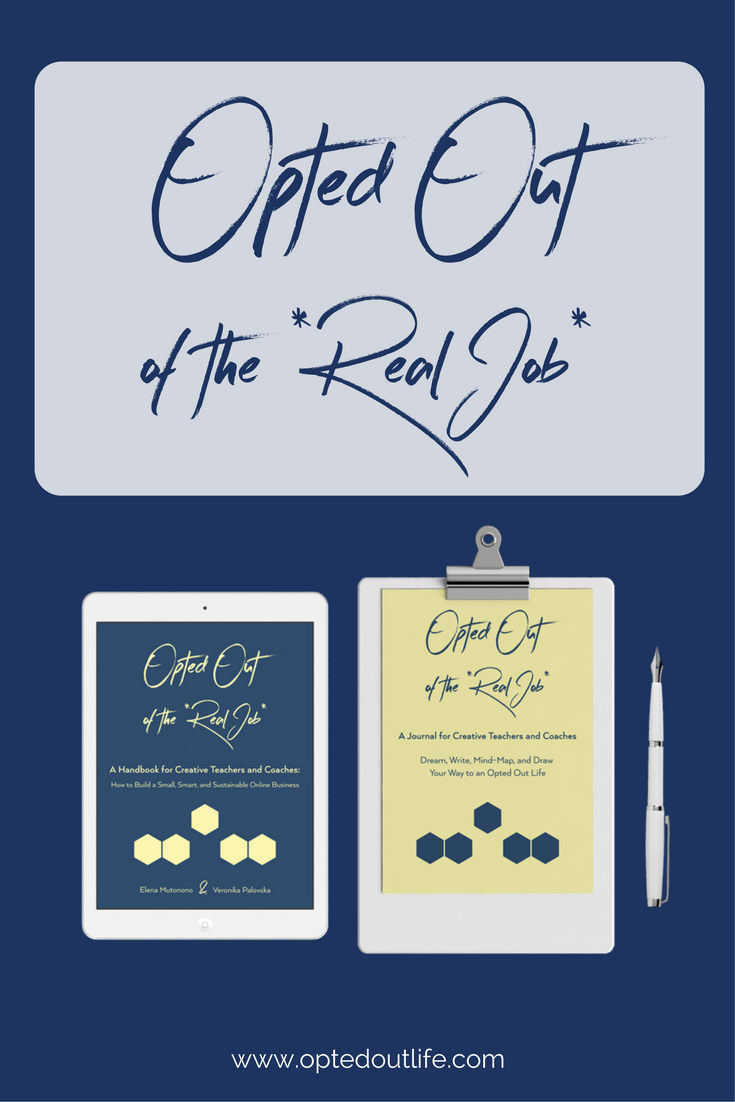Now that you’ve updated your Instagram bio so it’s clear and compelling, let’s look at another important aspect of building your community on Instagram — visual storytelling. I’ve noticed that it’s one of the things that’s hard to understand because there’s usually an over-emphasis either on the visuals or on stories. It’s not always clear how to combine them in a coherent way.
So I’ve asked my brand strategist and graphics designer Veronika Palovska (of Do You Speak Freedom) a few questions about how you can use images and captions in tandem to create memorable posts that attract readers and turn them into fans.
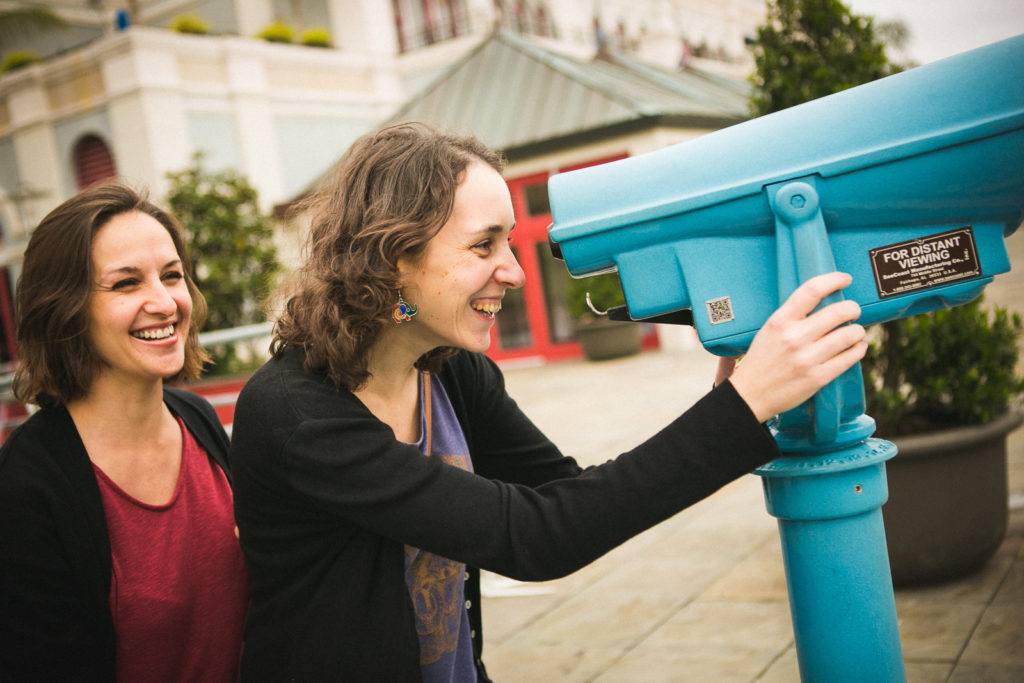
#1: What is visual storytelling?
When you search for the term on Google or try to find some books on Amazon, most of the results are about comic books or presentations. But visual storytelling is so much more than that. Visual storytelling happens anytime you use visuals to tell a story.
So although presentations or comic books are good examples, you may also think of magazines, ads, illustrations, photography, paintings, street art, Instagram pictures (!)… And not just static images, but also any kind of video — from YouTube videos to cartoons to movies.
Visual storytelling always uses visuals, but may or may not also use words. Sometimes, a single picture can tell a story that doesn’t need any words. But in the kind of visual storytelling we’re going to talk about here — social media visual storytelling for business — we want to use both images and words.
Online language teachers can tell stories on Instagram using Instagram stories, the feed, or IGTV. They may use pictures of themselves and their lives, any kind of photos, mini-infographics, or quotes, all of that in combination with captions, or they can use videos. The form doesn’t matter. What matters is that there is a story: A hero undergoing a change or going through a struggle.
An important thing to note when it comes to any kind of brand storytelling is that the hero of the story is not you; it’s your client. So although you may (and should) use pictures of you and stories from your life, the main point is to help your reader trust you, relate to you, or learn something about themselves.
I think this idea is liberating, because teachers often tell me that they feel uncomfortable sharing pictures of themselves or their personal stories on social media because they don’t want to appear arrogant, and “no one cares about me anyway”, and “my life is too boring.”
You really don’t need a Hollywood-worthy story to share something meaningful and helpful on Instagram. You may simply think of a small struggle you were able to overcome and how it relates to your client’s problems or goals — and boom, you have a story.
In fact, when it’s something ordinary, it’s easier for you to come up with the caption and a picture to go with it, and it’s easier for your reader to relate to it, too.
Then again, in the multi-cultural Instagram community, what’s mundane for you may be super interesting for someone else. We often think that to have an outstanding Instagram account, you need to be someone who travels the world and takes selfies with celebrities at rooftop parties.
But let’s think about it from your client’s perspective. Isn’t it possible that they’d be more interested in seeing your mundane, imperfect “slice of life”? Wouldn’t it help them relate to you better and feel more comfortable speaking to you than a celebrity-like photo?
#2: What makes a compelling picture for Instagram?
A good Instagram picture is:
Relevant. Everything you share should be somehow related to the overall theme of your Instagram account, and your theme needs to be related to your business. This seems obvious, but you can still see online business owners share random posts as if the point of social media presence was just to be there. But without a common theme and a goal in mind, you are just confusing people and creating work for yourself that won’t bring any results.
Outstanding. Try clicking on the hashtags that other people from your industry use and examine the feed. Notice the trends: You’ll see that many pictures look similar. Similar style, colors, topics, feeling. That’s great, because now you know what to avoid to stand out in that feed.
Consistent. Then again, when people look at your feed, it should be obvious that all the pictures are yours. That’s what it means to have a memorable visual brand on social media. Creating a consistent visual style takes some learning, practice, and experimentation, but you can start right now by defining your theme, limiting your color palette, and using a consistent filter.
Personal. Inauthentic images, such as stock photos, “templated” quotes and infographics (that you create in Canva or a similar tool), or even overly staged professional photos of you, don’t help you connect with your audience, especially when it’s all you do on Instagram.
Visually attractive. This may sound a bit intimidating if you don’t consider yourself a “visual type”, but I don’t really believe that people are either visual or not. With a little bit of theory and some practice, anyone can get better at taking photos and designing pictures.

#3: How can teachers make tips/strategies/words of the day enhance visual storytelling?
Storytelling is a collaborative act. It’s not you telling the story to your audience, but with them. So anytime you want to share a grammar tip, an idiom, or similar, think of it as a conversation starter: How can you prompt people to share their stories with you and with each other?
An example: Let’s say you have an idiom in mind that you would like to teach. You can put together a graphic in Canva using their free clipart, and in your caption, explain what the idiom means and how to use it. Done.
Or, you can take a photo with your phone that relates to the idiom in a funny or creative way, and in your caption, explain the idiom and ask people about their experiences or ask them to give you their own examples.
Which posts would be more interesting and original? And, more importantly, which one would get more engagement?
Memorable images stay with your readers. Learn how to make your pictures tell stories that hook readers.Click To Tweet
***
Once a year we run a course for language teachers who want to use Instagram for their business. Will you join us?
#4: Can you suggest a few visual mistakes to avoid?
Sure! Here are a few things to help you make your visuals work better for you:
If you use stock photos, professional photos, or templated images (such as quotes or mini-infographics created in Canva), use them as a starting point. Don’t be lazy. Always think about how you can add a touch of humanity into your images, how to make them yours. Make sure you edit them to fit your visual style (crop, add a filter).
Cluttered images are the worst. When looking at an image, it should be obvious what it is “about”: One main subject that somehow corresponds to the caption and makes people want to learn more.
Stay away from visual cliches and don’t be too literal. In other words, when you try to come up with a picture that corresponds with the caption (or vice versa, in case you have a good image and want to use it as a prompt), don’t go with the first, most obvious idea.
If you use text on images, make sure there is enough contrast so that the letters are readable. This is a common mistake, and it’s so easy to fix.
Let your grid breathe. Add some white space (space where there are no elements, such as letters or graphics, it doesn’t have to be white) to your images and consider how the whole grid looks.
Limit your color palette. No matter what kind of images you use (photos, quotes, mini-infographics), don’t go crazy with the colors.
Don’t go crazy with filters either. Try to stick to a consistent style.
Never, ever use images that you have downloaded from someone else’s website or from Google. Unless you’re 100% sure you are allowed to use the image, don’t use it.

#5: How have Instagram trends changed in the past several years and what can teachers learn from that?
All social media, and Instagram especially, are moving away from perfectionism to authenticity. So instead of images of unrealistic lifestyles, photoshopped pictures, and perfectly lit and staged professional portraits, more and more users want to see real people they can relate to.
Secondly, social media is no longer about talking at people; now you need to speak with them. As a small business owner, how you engage with people (through comments and direct messages) is even more important than the content you share in your feed.
That’s also why Instagram stories are taking over right now. Sharing real-time, preferably interactive Stories is what can get your brand noticed.
In summary, being yourself, acting like a human being, and being an active member of the Instagram community is the best thing you can do. Which is a great news for small business owners — it means you already have all you need to build your community and find clients on Instagram.
(Images by Bach Imagery)
The post was updated in April, 2021.

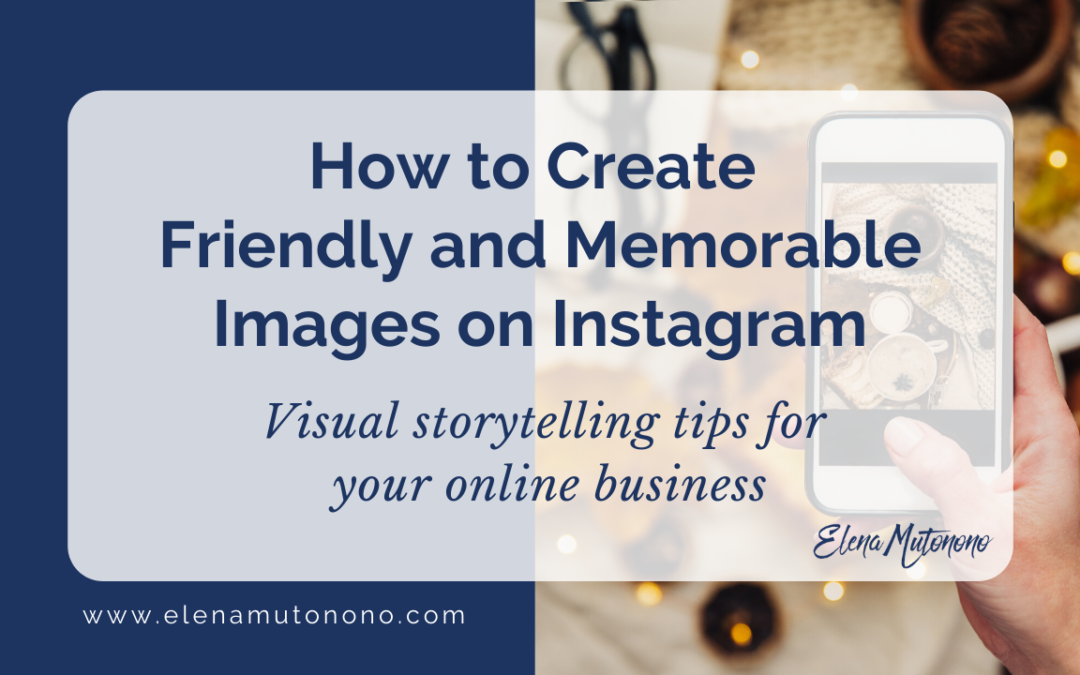
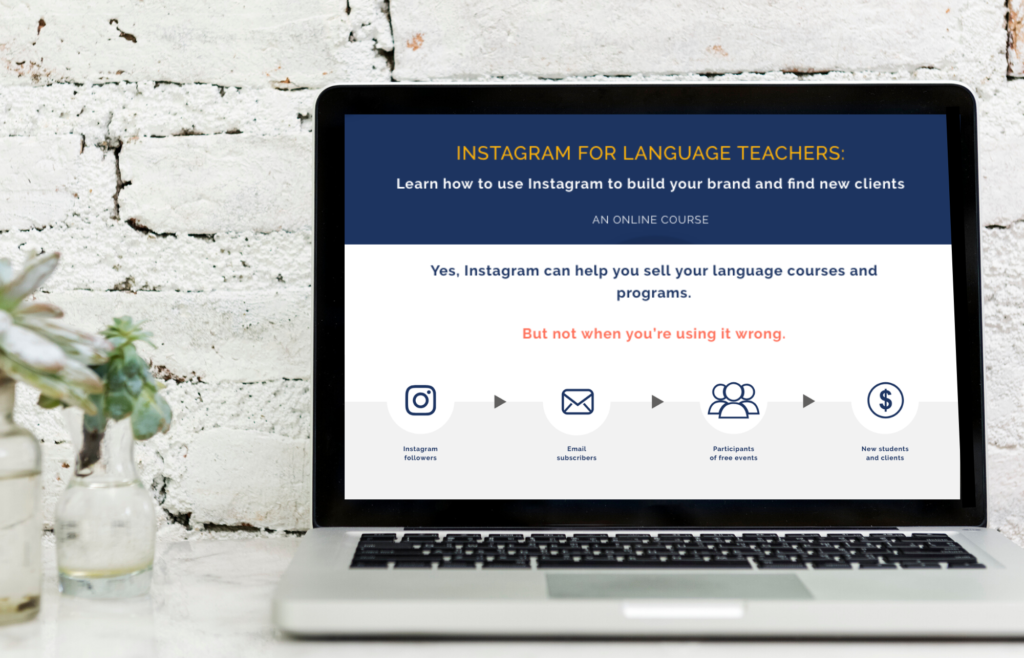
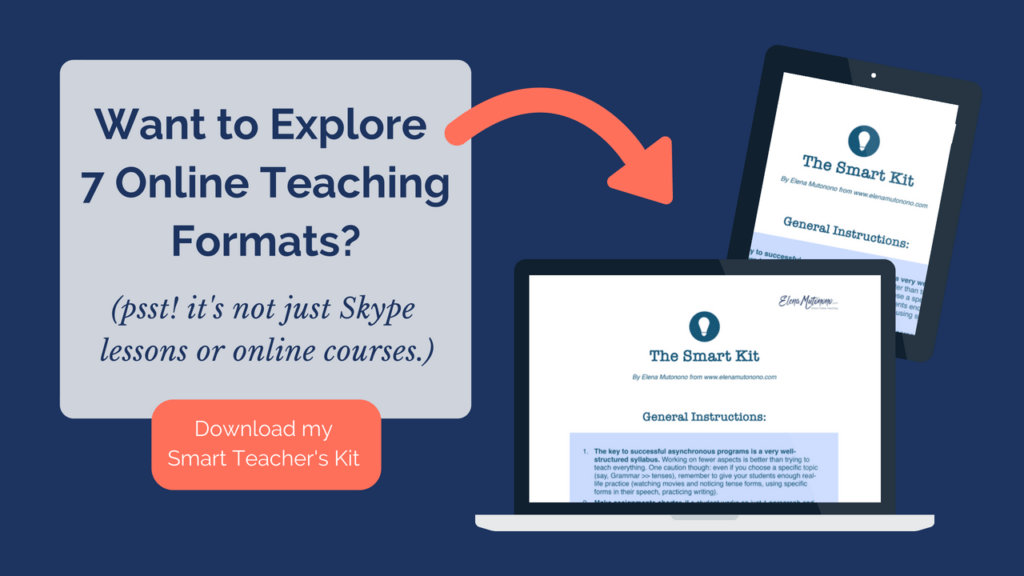
 Welcome to my nook where *Big Magic* happens. My name is Elena Mutonono, I help small business owners package their services as digital products and sell them online. I want you to work smarter, not harder. Increase your impact beyond your current face-to-face clients. Grow your business as you reach more people all over the world.
Welcome to my nook where *Big Magic* happens. My name is Elena Mutonono, I help small business owners package their services as digital products and sell them online. I want you to work smarter, not harder. Increase your impact beyond your current face-to-face clients. Grow your business as you reach more people all over the world.
